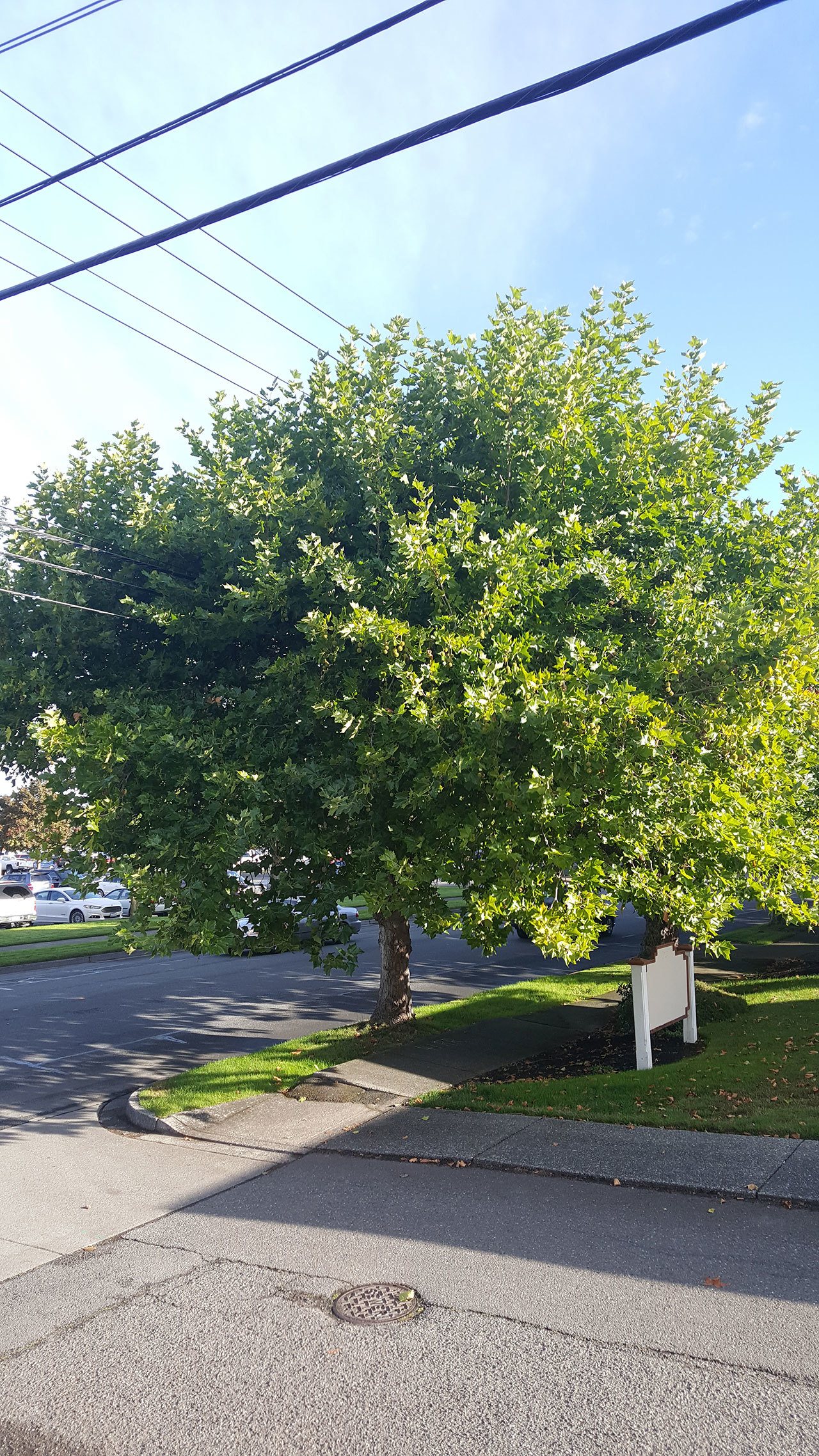WELL, SEPTEMBER ROLLS on, football season has begun and we had some decent rain of late to help counterbalance the excessive heat of August.
With that said, a couple of things happened recently to cause today’s topic.
First, concerning the rain as well as the ever-increasing dew, be diligent.
As I was deadheading a favorite client’s dahlias just after a rain, I became distressed about a couple of flowers (yes, literally two) that had shattered their petals because of how this time of year can be a “death knell.”
Even a few petals off a bloom can quickly turn into mold, mildew, rot and disease.
And with our ever-shortening daylight length, lower temperatures and increased moisture, be aware of plant problems.
I say this because now is the time we shine.
Our superb Olympic Peninsula weather means that you can have awesome summer color through October.
But only if you stay atop ALL old, dead or dying flower parts, leaves, stems and growth.
Next: good old Facebook.
Recently, I got involved in a discussion about street trees in a strip between the sidewalk and the street here in Port Angeles.
The issue, as some saw it, was the cutting down of any trees, especially large street trees, for any reason.
The issue for me, as an arborist, was the fact that these trees were some of the worst trees possible for the “spot.”
They are London planetrees (Platanus x acerifolia), which grow up to 100 feet tall and 80 feet wide — a monster in a planting strip less than 10 feet wide and under power lines less than 25 feet high.
Crazy, I know!
The pruning required to keep them out of the power lines has turned them into living “Medusa head,” an abomination of nature, growing ever faster (thanks to a multitude of sucker shoots) into the power lines.
And this does not even begin to address the sidewalk and curb issues.
But in another month with the arrival of the autumn rains comes the absolute “best time of year” to plant.
All sorts of things can be (and should be) planted such as vines, trees, bushes shrubs, bulbs, berries, grass seed, perennials and ground covers.
But as you decide what you want to plant, remember the No. 1 rule: right plant in the right spot.
In preparation for the ideal planting time, we shall spend the next two weeks going over all the aspects that can determine what constitutes the right plant in the right spot, but for today, let’s concentrate on the area itself: the spot.
First, always consider the square footage the plant will occupy or the size it must stay within.
A 4-foot window sill does not lend itself well to a 5½-foot bush.
Always look to the full-grown mature size and silhouette of the plant first.
Overwhelmingly, the No. 1 reason people have problems with their landscape is that they either have too large of plant for the area and spacing or the adverse effects of improper pruning (i.e., “plant butchery”) as they have tried to tame the plant to the area.
Next week, we will begin exploring all the nuances of “right plant right spot.”
For today, just imprint as gospel this simple axiom: Site the plant precisely to the area available for optimum desire and purpose.
________
Andrew May is an ornamental horticulturist who dreams of having Clallam and Jefferson counties nationally recognized as “Flower Peninsula USA.” Send him questions c/o Peninsula Daily News, P.O. Box 1330, Port Angeles, WA 98362, or email news@peninsula dailynews.com (subject line: Andrew May).

